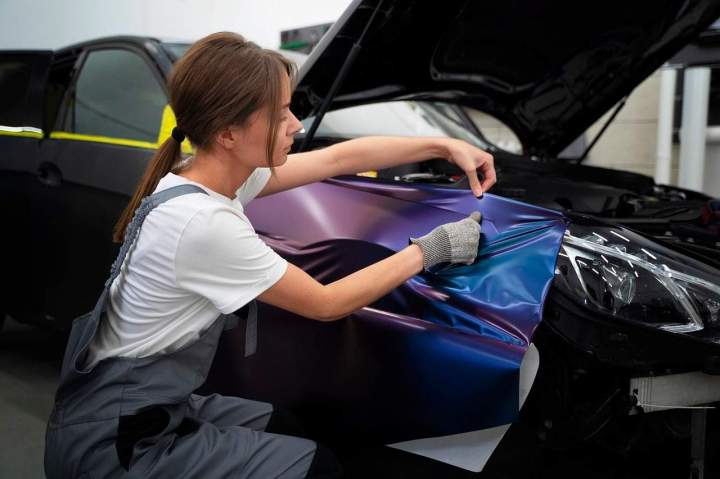The Art of Restoring Original Paint Colors on Classic Cars
Paint services Harbor Auto Restoration / November 11, 2025

Understanding Original Paint Colors
The Importance of Authenticity
For collectors and restorers, authenticity is paramount. Original paint colors are often tied to the identity of a vehicle, reflecting the era it was produced in. Classic cars often have unique color codes that signify not only the model but also the manufacturer’s vision at the time. Understanding these nuances is essential for anyone embarking on a restoration journey.Researching the Color Code
The first step in restoring the original paint color is researching the specific color code associated with the vehicle. Classic car manufacturers often provided a data plate that included this information. Enthusiasts can also consult original sales brochures, factory documentation, or online databases dedicated to classic vehicles. This research forms the foundation for a successful restoration.Techniques for Paint Restoration
Color Matching
One of the most critical aspects of restoring paint is color matching. Due to the aging process, original paint may have faded or changed over the years. Modern technology has made it easier to match these colors accurately. Paint suppliers use spectrophotometers to analyze existing paint samples and create a formula that replicates the original hue.Paint Application Methods
Once the correct color has been identified, the next step involves selecting the method of application. There are several approaches to consider :
- Spray Painting : This is the most common method for restoring paint. It allows for an even coat and is suitable for larger surfaces.
- Brush Painting : Ideal for intricate areas where precision is required.
- Airbrushing : Perfect for detailed work and blending colors seamlessly. Each method has its advantages, and the choice often depends on the specific requirements of the vehicle.
